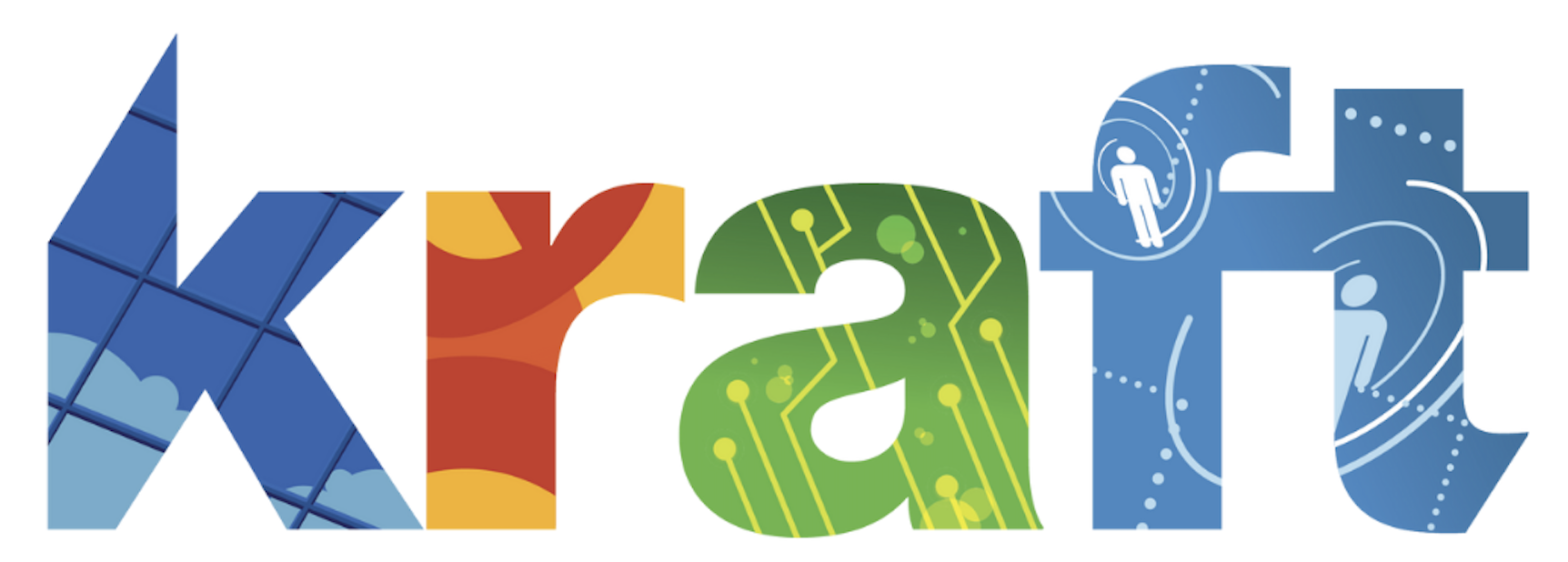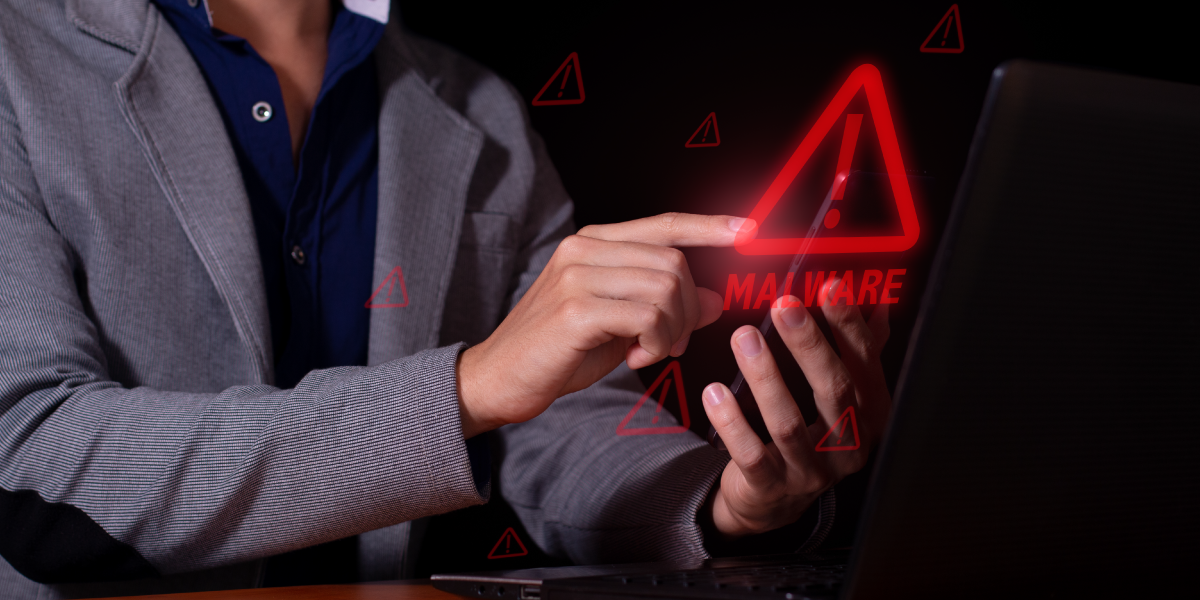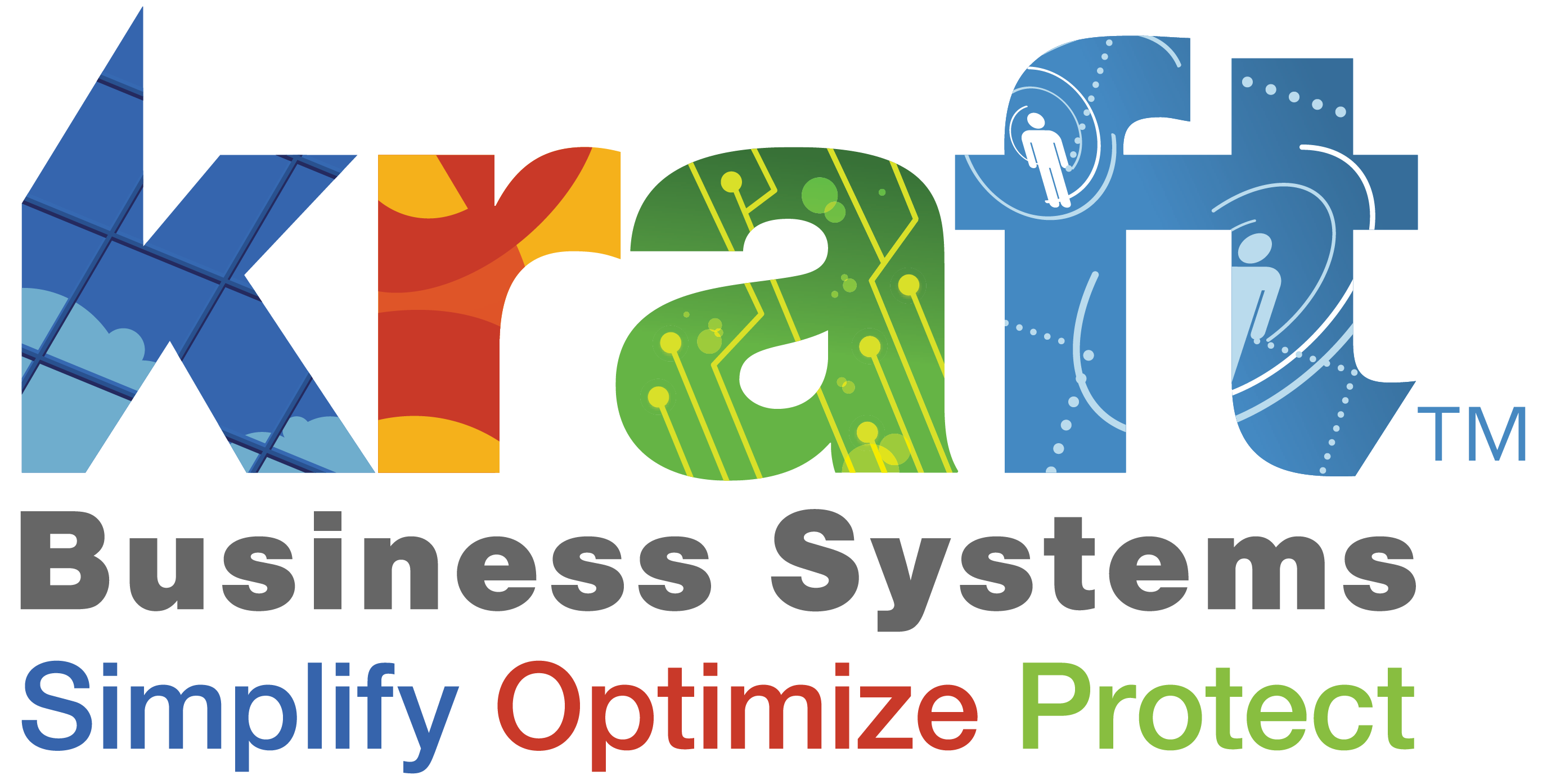43% of all cyberattacks are on small businesses. If this seems alarming to you, this is just one of the shocking cybersecurity statistics that Kraft expert, Kendra Beckman outlines below. With cyberattacks becoming increasingly sophisticated, it’s important to be aware of the different types of threats that pose a risk to your organization. Join us as we expose the different types of malware cybercriminals are using to access your data and discover how to protect your business.
Understanding Malware: The Threat to Your System
Malware, short for malicious software, refers to any software designed to harm or exploit computer systems and networks. It can infiltrate your device through various means, such as email attachments, infected websites, or unauthorized downloads. Malware attacks have severe consequences, including data breaches, financial loss, and damage to your business reputation. Understanding the different types of malware is the first step in protecting your organization.
12 Types of Malware to Safeguard Against
1. Viruses
These are self-replicating programs that attach themselves to legitimate files and spread across systems, infecting other files in the process. Viruses cause significant damage, ranging from data corruption to system crashes. However, they often require human interaction to be activated, so fostering a strong cybersecurity culture among your team is important in thwarting attacks.
2. Trojans
Named after the Trojan horse from Greek mythology, these malware types disguise themselves as legitimate software or files to deceive users into executing them. Once activated, Trojans enable unauthorized access to your system, allowing cybercriminals to steal sensitive information or gain control over your network.

Always check where files are coming from and who sent them to help prevent Trojans.
3. Ransomware
One of the most notorious forms of malware, ransomware, encrypts your files and holds them hostage until a ransom is paid. It can spread rapidly across networks, leaving your business paralyzed. However, think twice before deciding that paying the ransom is the best course of action in a losing situation. Why? Paying it doesn’t guarantee that your data will be restored, and it emboldens cybercriminals to repeat attacks. Thus, ransomware prevention and data backup are crucial.
4. Spyware
As the name suggests, spyware secretly collects information about your online activities, including passwords, browsing history, and personal data. It often works in the background, unbeknownst to users. The stolen information can be used for identity theft, financial fraud, or other malicious purposes.
5. Adware
Adware is a type of malware that primarily targets individual users, infiltrating their computers and operates continuously on their systems. Adware displays unwanted advertisements, typically in the form of pop-ups, and can significantly slow down the system’s performance. It may also track users’ browsing habits to deliver targeted ads. The main goal of adware makers is to monetize their efforts through clicks and ad revenue.
6. Malvertising
Often confused with adware, malvertising is used for larger scale cyberattacks. The goal of malvertisers is to exploit website vulnerabilities and reach more victims. By injecting malware into legitimate online advertisements on popular websites, malvertisers make it challenging for users to distinguish between legitimate and malicious ads. Once the victim interacts with the advertisement, their device becomes infected.

Malvertising can be difficult to distinguish from real ads.
7. Worms
Worms are standalone malicious programs that replicate and spread across networks without requiring human interaction. Once a worm infects a system, it looks for vulnerabilities to replicate and spread further. Worms consume network resources, slow down systems, and even create backdoors for other malware to exploit.
8. Keyloggers
Keyloggers are designed to track and record every keystroke made on a compromised device. This type of malware is particularly dangerous as it can capture sensitive information such as passwords, credit card details, and login credentials. Cybercriminals can then use this information to commit identity theft or gain unauthorized access to accounts and systems.
9. Botnets
Botnets are networks of infected computers or “bots” controlled remotely by cybercriminals. These bots are used to launch various malicious activities, including distributed denial-of-service (DDoS) attacks, spam campaigns, and even cryptocurrency mining. Botnets are also challenging to detect and dismantle, making them a significant threat to businesses.
10. Rootkits
Rootkits are designed to gain administrative control over a computer or network. They provide hackers with stealthy and persistent access, enabling them to maintain control even after system reboots or software updates. Rootkits can remain undetectable by traditional antivirus software, making them extremely difficult to remove.
11. Fileless Malware
Fileless malware is a stealthy form of attack that doesn’t rely on traditional malicious files. Instead, it exploits vulnerabilities in legitimate software or uses scripts and macros present on a system to execute malicious code. Fileless malware can evade detection by traditional antivirus software, making it a growing concern for businesses.
12. Pharming
Pharming involves redirecting users to fake websites that appear legitimate. It usually happens by exploiting vulnerabilities in DNS (Domain Name System) servers or by modifying hosts files on infected devices. Cybercriminals use pharming to steal sensitive information, such as login credentials and financial data, by tricking users into entering it on fraudulent websites.
How to Detect Malware
Detecting malware early is crucial to minimizing its impact on your business. Look out for the following signs that your system may be infected:
- Slow or unresponsive computer performance
- Frequent system crashes or unexpected errors
- Unusual network activity or excessive data usage
- Pop-ups or ads appearing when browsing
- Unauthorized changes to files or settings
If you notice any of these symptoms, it’s essential to investigate further and take prompt action to mitigate the damage.

Early detection and prevention is best way to fight the different types of malware.
How to Prevent Malware
Prevention is always better than dealing with the aftermath of a malware attack. Here are some best practices to protect your business from many different types of malware:
- Educate your employees: Train your staff to recognize common phishing techniques, avoid suspicious links or attachments, and practice good online hygiene.
- Keep software and systems up to date: Regularly update your operating system, software applications, and security patches to minimize vulnerabilities that hackers can exploit.
- Install reputable antivirus software: Invest in robust antivirus software that offers real-time scanning and protection against malware threats. Regularly update the antivirus definitions to stay one step ahead of new threats.
- Enable firewalls: Use firewalls to monitor incoming and outgoing network traffic and block unauthorized access. Consider using both software and hardware firewalls for enhanced protection.
- Implement strong passwords: Encourage the use of unique, complex passwords and two-factor authentication to secure accounts and prevent unauthorized access.
What to Do if Your System is Infected
Despite your best efforts, malware infections can still occur. If you suspect or confirm any type of malware attack, here’s what you should do:
- Isolate infected systems: Disconnect any compromised devices from your network to prevent the malware from spreading.
- Scan and remove malware: Use your antivirus software to scan for and remove the malware. Follow the software’s instructions for quarantine or deletion.
- Restore from backups: If you have regularly backed up your data, restore from a clean backup to ensure that no infected files remain.
- Strengthen security: Review and update security measures to prevent future infections, including updating software, enhancing employee training, and implementing stricter access controls.
Protect Yourself from the Different Types of Malware with Kraft
Protecting your business from malware is an ongoing process that requires proactive measures and vigilance. By understanding the different types of malware and implementing prevention strategies, you can significantly reduce the risk of cyber threats. Kraft Business Systems is here to support you in enhancing your cybersecurity defenses and ensuring the continuity of your operations. Contact us today to learn more about our expertise in safeguarding businesses from digital threats. Stay safe, stay secure, and protect your business from the ever-evolving world of malware.






